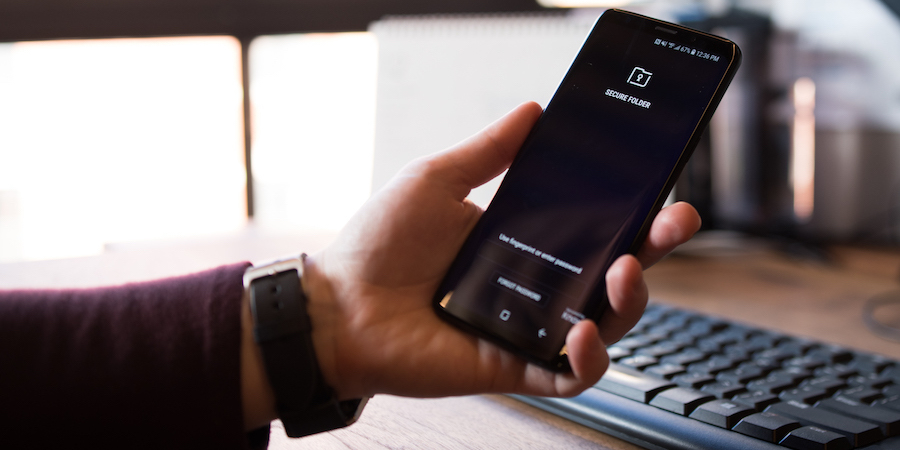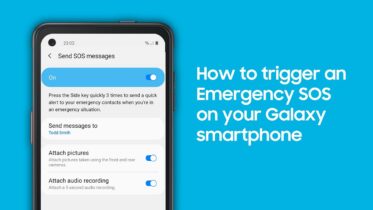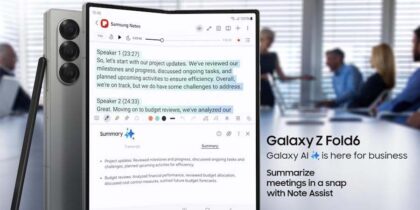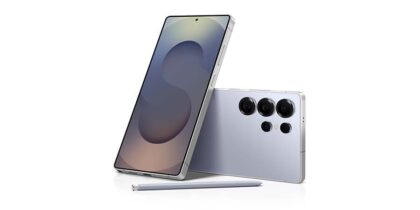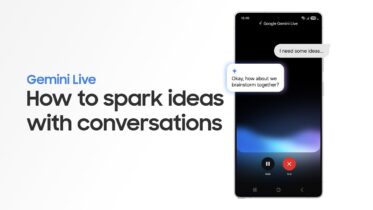In this News Insight, WIRED Magazine helps you manage your work-life balance using the same device that complicates it: your phone. Learn how to strengthen your mobile security by separating work and play data in our free ten-step guide to better data protection. — Samsung Insights editorial team
This content was produced by WMG Brand Lab in partnership with Samsung Knox.
Professional life has a funny way of asking us to behave like different people. We use different vocabulary and body language when we disagree with a coworker versus a friend. The tone for the simplest questions — “Can I get you anything?” — changes, if ever-so-slightly, when put to a manager compared to a partner. We might even laugh differently with the same coworker, depending whether we’re at the office or getting coffee. Most of us hope for a job where those divisions are the narrowest, where we’re able to feel like ourselves in either environment. And only recently have phones helped to narrow that gap.
The balance between work and life is as old as, well, work. In 1968, happiness was described as the smallest gap between a job and everything else. But phones have caused an unexpected bridge between the two. We now want phones that feel personalized so we can live two lives through one device. Every week we see new lists for keeping the two worlds separate — what are the best practices? Phones still ding and ring at inopportune times, causing people to shift from child-care to client-care mentalities in seconds. That changes the way we operate with our families and jobs.
But the device itself is the best place to start looking for help. A recent survey from Frost & Sullivan showed that almost forty percent of respondents felt pressure to stay connected to the office during their free time. A third of respondents said that their phone caused a major impact on their work-life balance.
This has generated a huge mentality shift in which people are reaching for the power button to create division. In May, The New Yorker parodied the trend with a story about a faux-unplugging retreat. “You’ll be assigned a locker for your phone and any other electronics upon your arrival,” Diana Vilibert’s satire read. “They’ll be returned to you immediately before your departure—your Candy Crush score a little higher than you remember.”
So what features help keep the separation just right?
There has always been one obvious fusion point between the two lives: the calendar. Managing your life from separate calendars invariably causes catastrophic omissions, whether missing a client call or your turn to grab the kids. Now any worthwhile calendar app can integrate the two, automatically pull in details from email and even integrate with maps for the next appointment.
Easy Private Data Encryption Is in Your Hands
Here's how to keep your personal apps and data separate from work using Secure Folder. Download Now
Then there’s the fusion between files accessed on the phone. IT departments typically put their core focus around security. What policies will ensure people have the easiest access to company data without jeopardizing business strategy or information? Operating systems now leverage containers that let employees split access to their work and personal life from the same device — without either overlapping or giving an employer access to an employee’s life. And yet, people still need to text pictures of the kids or arrange a weekend away. But attach the wrong file and you could be sending proprietary data to a friend, giving the IT manager a heart attack.
Devices are also becoming modern day journals. Users easily capture notes, ideas or doodles — it’s important not to lose those little moments of inspiration or insight, whether about the band’s next gig or a better engineering strategy. Phones have been moving into bigger screens, too. That means greater detail in watching hi-def movies but it also means not getting out the hammock when someone emails you a new slide deck. Pause the movie, mark some feedback, check your email at the same time from split screens — from the backyard not a computer in the office upstairs.
Even though it’s “just a phone” we all recognize how these small features add to bigger improvements. The balance of partitions and overlap allow us better focus, in either life. It’s a fast-paced world. Healthy balances become imperative for navigating it.
Get your free guide to better securing the personal and work data on your mobile phone.

